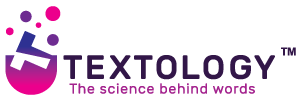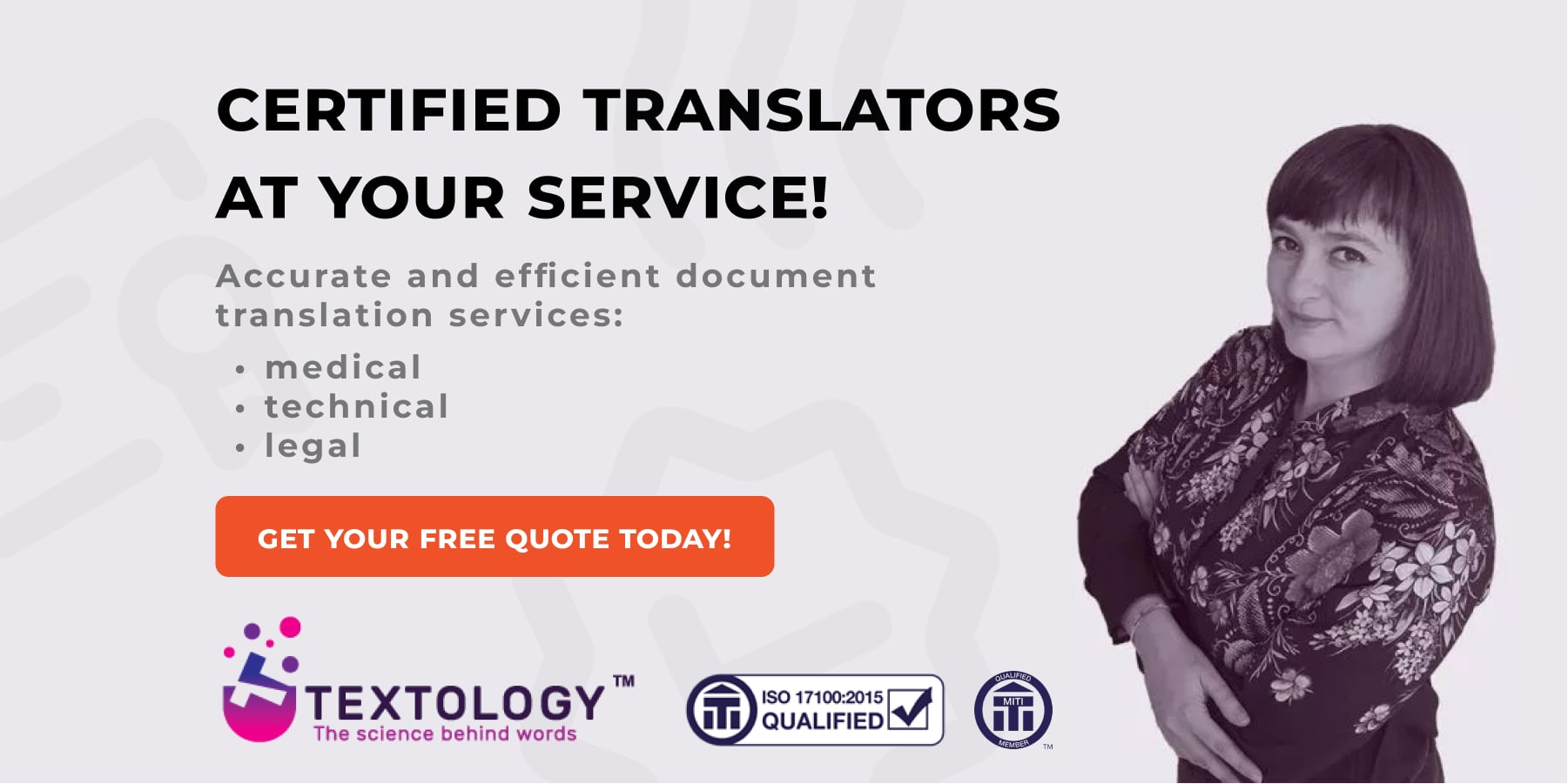
There’s no denying that we’re deep in the globalization era by now – many businesses expand past their original markets and go global, or at least continental. To get a proper foothold in a new environment, it’s essential to distinguish oneself with something unique. But just coming up with an idea won’t be enough – you’ll also need to protect it from being stolen. And that’s where patents come in. What exactly are they and why would you need to translate them? Let’s inspect the subject.
Patents – what are these?
In short, a patent is an exclusive right for an invention (a product or a process offering a new technical solution to a given problem, or providing a new way of doing something) that protects it from being commercially exploited by others. Therefore, a patent owner can prevent or stop others from making, using, distributing, importing, and selling the patent’s subject without his/her consent. In general, a patent protection lasts for 20 years (starting from the filing of the patent application). Getting a patent requires disclosing the invention’s technical information to the public in an official patent application.
There’s one catch though – patents are territorial rights. This means they’re only applicable in the country or a region in which they’ve been filed and granted. For example, a European patent won’t be valid outside the continent. In other words – if you want to secure an international patent, you’d have to file for it in different countries. Which will most likely require you to get your patent documents translated into another language (or several of them, depending on the scale of your planned business expansion).
What is Patent Translation?
As the name may suggest, patent translation is nothing other than the translation of patent documentation. It involves translating documents such as: patent specifications, lawyers and authorities correspondence, patent office actions, and any other documents required for successful patent applications. Therefore, it’s a part of certified translations, as translating patents requires legal validation, and deals with official documents and specific language used in technical documents. You might consider it a mix of technical and legal translation services.
Given the subject matter and the specifics of the documents involved in the process, patent translation is considered one of the most demanding translation services in the whole industry. Therefore, it should be handled only by the most experienced and competent professional translators. The patent translator must not only possess impeccable language skills, but also have an in-depth understanding of legal terminology and vast knowledge of the subject matter’s technical terms.
While filing a patent in a foreign language, everything should be translated as accurately and precisely as possible – even a small misstep in wording can create a legal loophole that would allow your intellectual property to be exploited. So, you should make sure that the chosen translator has industry-specific knowledge before submitting your patent documents for a translation service – a native-speaking expert would be your best option.
At this point you might ask yourself – what about translating from an already existing translation? Are translations copyrighted? You can read about it in our other article.
Types of patent translations
Generally speaking, patent translation can be divided into two types – filing and information translations. At first glance they might seem almost the same, but it’s crucial to distinguish them from one another – they’re intended for specific audiences and serve different purposes. Only then you can choose the right translation service for your needs.
Filing translation
In filing translation, patent documents will be used for the official record in the patent application process. It’s intended audience consists of patent officials, legal professionals, and patent licensees that will examine the application. This type of translation should be concise, clear, and as light on the jargon as possible – its purpose is conveying the invention’s meaning in an easily comprehensible way, so the patent would be filed correctly.
Translation for information
Information translation involves the accurate description of the invention and its inner-workings, and is mostly used as a complement for already filed patents, especially as evidence in court proceedings. It’ll be read mostly by court officials and industry experts. This type of translation must be as close to the original as possible – including all the jargon and specifications. An information translation is practically useless on its own – for it to be valid in any official dealings, it requires its filed counterpart.

Why do you need professional patent translations?
As we already mentioned, the protection of your patented idea outside its original country/region requires a highly precise and free of errors translation. The only way to ensure it is to hire a professional translator that specializes in the given field and this type of translation.
Choosing the right translator will ensure that your patent’s transitions into foreign languages will be:
High quality
A certified patent translator understands the importance of a flawless transition of your idea into the target language and makes sure the final product meets all the requirements set by the local patent laws. Thanks to this the application process will run smoothly and without delays, and you won’t have to worry about miscommunications.
Fast
Timing is crucial in patent applications – the later you submit it to the patent office, the higher the risk of your idea being exploited. Professional translation agencies can offer you the fastest services due to streamlined translation processes and procedure – thanks to this they can provide high-quality translation in the shortest time possible.
Error-free
As we already mentioned, even small mistakes can bury your chances of obtaining IP protection. Hiring professional translators minimizes the risk of faulty translation and ensures the correct filing of your patent.
Cost-efficient
Despite being expensive, professional translation service can save you a lot of money. How? The answer is quite easy – you’ll only pay once as there won’t be any need for later fixes or redoing the whole thing. So, while looking for a translator, keep in mind that lower price doesn’t always equal lower overall costs – it’s better to pay more for an expert than having to fix rookie mistakes made by a cheaper alternative.
Patent translation – protecting your intellectual property all around the world
Securing patents in foreign languages is crucial for any business that’s going global – without them there’s practically no way of protecting your inventions from idea theft. To make sure you can obtain them smoothly, always enlist the services of experienced and certified translators. Here at TEXTOLOGY – a London-based Translation Agency – we can provide high-quality translation services in many fields thanks to our team of native-speaking experts. Not convinced if we’re up to the task? Submit a free quote and check us out!

